| Storm clouds gathering for auto lenders? |
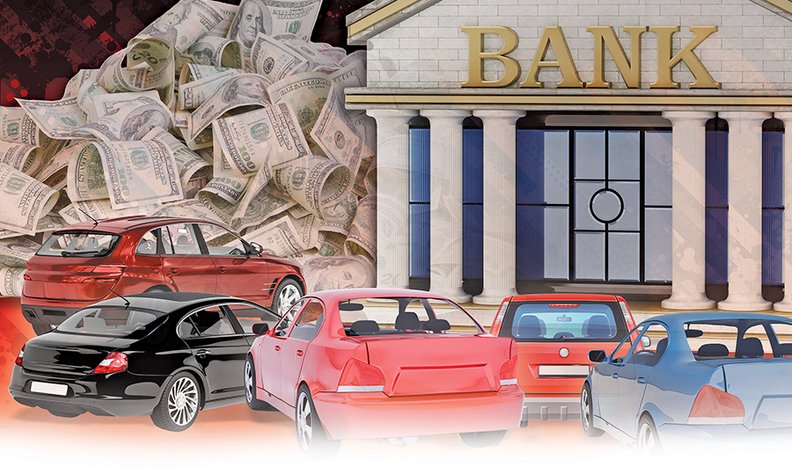
Things continue to be sunny for auto lending — at least for now.
Despite a few storm clouds on the horizon, it’s not time to put away the sunglasses yet. Lenders and F&I offices have shown they can be resilient. They weathered the pandemic so far and are managing inflation in labor and parts and rising interest rates. While the occasional bad publicity may amplify calls for more government oversight, the consequences thus far have been minimal.
For the second quarter, all six publicly traded car dealers reported double-digit increases in revenue from car loans and finance-and-insurance products compared with a year ago. And five of the six topped $2,000 gross profit per vehicle. And younger buyers who are concerned about sustainability could be good candidates for service contracts.
There are concerns, however, about some proposed changes to how lenders and F&I offices currently operate and how that might impact business.
Much has been said and written about the FTC’s proposed changes, including those related to GAP coverage. Dealers and organizations such as NADA have called the proposed new rules unnecessary, extreme and harmful to the customer experience. NADA and other organizations asked the commission to extend the Sept. 12 deadline for public comments, but the FTC declined.
Also looming are the changes to the Safeguards Rule, set to go into effect in December. While lenders and dealerships scramble to prepare for the new rules, some are asking for more time.
And — stop me if you’ve heard this — new regulations being proposed could mean auto lending would be included as part of the Community Reinvestment Act, resulting in increased scrutiny of banks with large vehicle loan business.
Away from the regulatory front, lenders and dealership F&I offices must continue to adapt to the changing expectations of buyers — especially younger consumers who prefer a more digital experience. And be sure to present all offers to customers. A recent Market Scan analysis showed dealerships aren’t presenting special manufacturer promotional deals to potential buyers if the retailer can’t add margin to the interest rates.
It all points to a busy rest of 2022 for lenders and the F&I office and a cautiously hopeful view of the new year.
 |
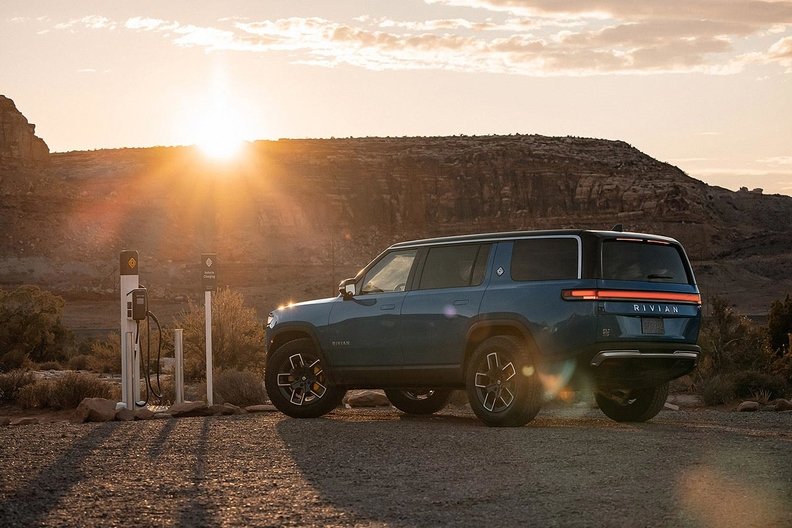
“Delays in our current critical mineral production permitting process could delay America’s emergence as a leader in clean transportation and battery material production.” |
– DAN BOWERSON, SENIOR DIRECTOR OF ENERGY AND THE ENVIRONMENT, ALLIANCE FOR AUTOMOTIVE INNOVATION |
|
From “Ford, Rivian urge faster permitting process for critical EV minerals” |
 |
In Monday’s Automotive News:
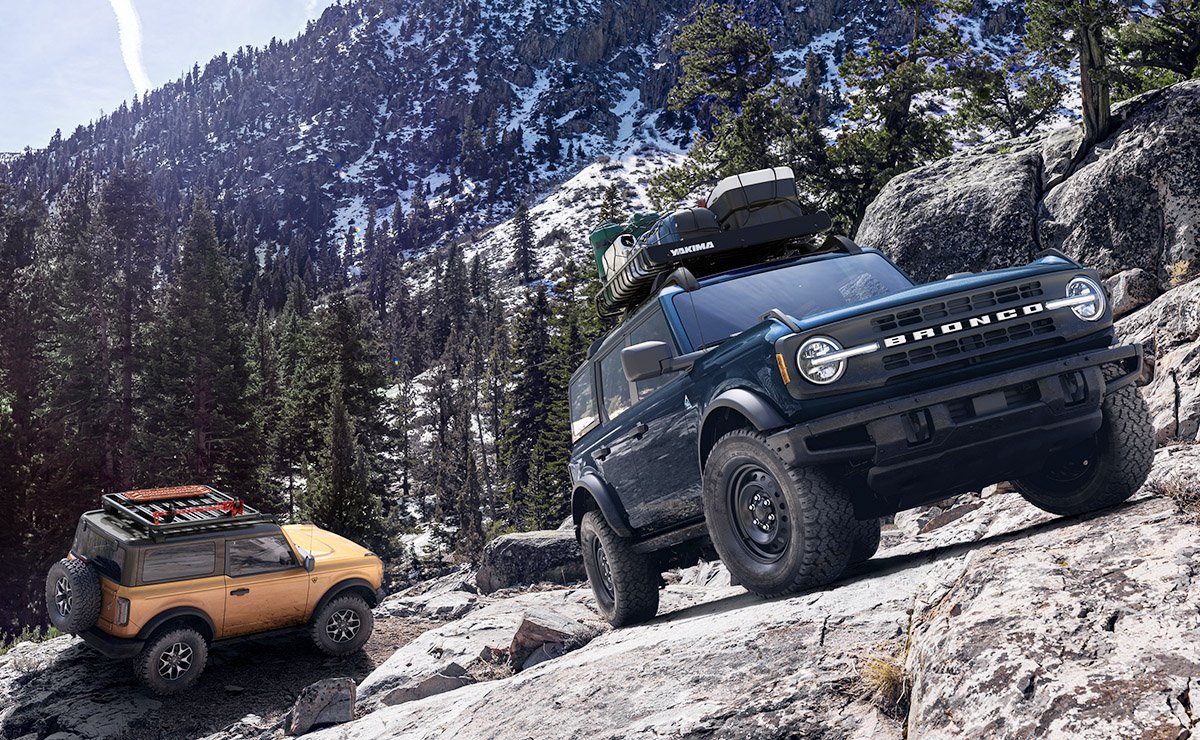
A Bronco buffet: The most obvious sentence in this newsletter is most definitely this: The Bronco is one of the most successful vehicles in Ford’s lineup. But that’s just part of the story. Ford says its retailers have sold more than 1 million factory-backed accessories between the Bronco and Bronco Sport utilities. The Bronco is now Ford’s most-accessorized product, with customers spending an average of $1,700 on roughly 240 available parts. The most popular accessories? Modular front bumpers, winches and off-road lights from Rigid. Ford’s U.S. consumer marketing manager, Mark Grueber, tells Automotive News that the accessory business, along with being a big money maker for Ford and its dealers, promises “long-term engagement with customers. It’s a great proof point of what Ford can do and how big this opportunity is going forward.”
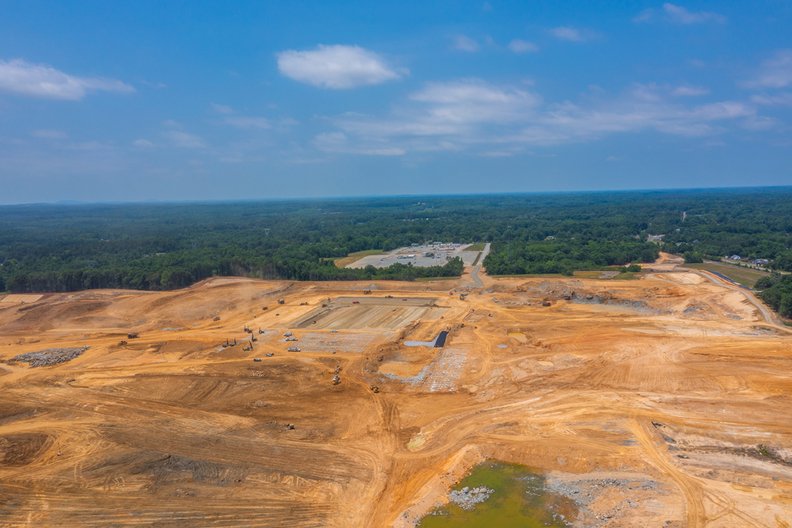
EV expansion: Toyota Motor North America is amping up its plans for a battery plant in rural North Carolina, pumping $2.5 billion more into the project so the automaker can build batteries for both the originally planned hybrid and now battery electric vehicles. The added investment also increases the size of the facility and boosts planned employment to 2,100 from 1,750, and represents a roughly threefold increase from the initial $1.2 billion in the project. The plant is still expected to begin initial production in 2025. In late 2021, Toyota Motor Corp. announced a global investment of about $70 billion to fund its future electrification efforts. The parent company recently announced a future battery production commitment of $5.6 billion, including the expansion in North Carolina.
 |
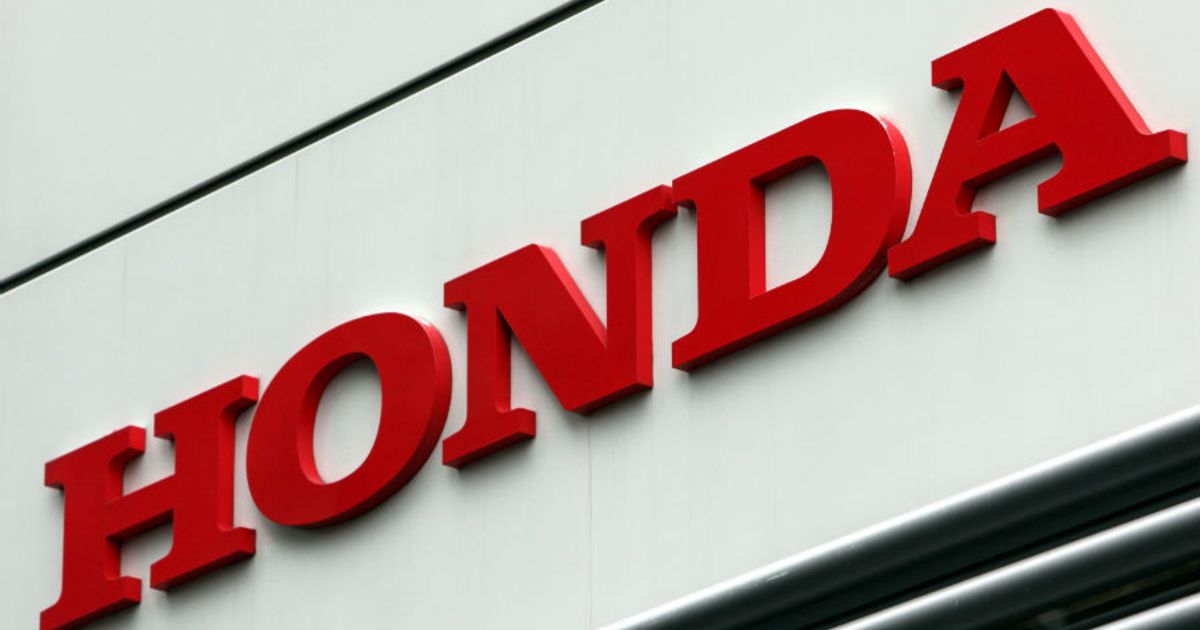
U.S. battery plant for Honda: Honda and South Korean battery maker LG Energy Solution said they will invest $4.4 billion to build lithium ion batteries in the U.S. for Honda and Acura brand EVs. The move will establish a joint venture plant with annual capacity for about 40 gigawatt hours of pouch-type lithium ion batteries. The location hasn’t been finalized.
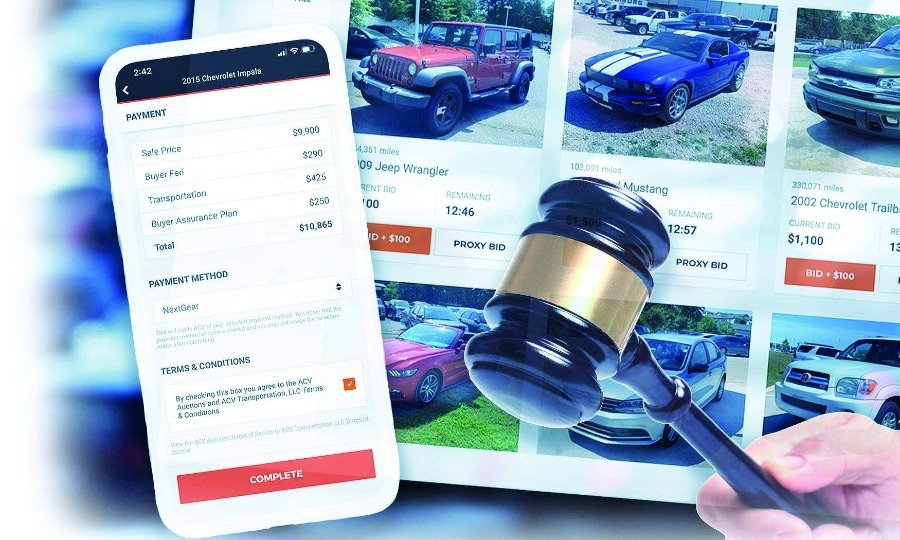
Auction antitrust lawsuit: Online auction company ACV Auctions filed an antitrust lawsuit against several major players in the physical auction sector, alleging they conspired to hinder ACV’s ability to compete in the market. ACV named auction giants Manheim and ADESA and smaller wholesalers ServNet Auction Group and Independent Auction Group as defendants.
 |
 |
 |
Sept. 9, 2021: AutoNation, the largest U.S. dealership group, hired Mike Manley to be CEO, according to a regulatory filing. Many analysts see the transition of power to Manley, a soft-spoken Brit and former Fiat Chrysler Automobiles CEO known for bolstering Jeep’s product pipeline and expansion around the globe, as a move that will ensure stability for the auto retail giant that had three CEOs in as many years.
